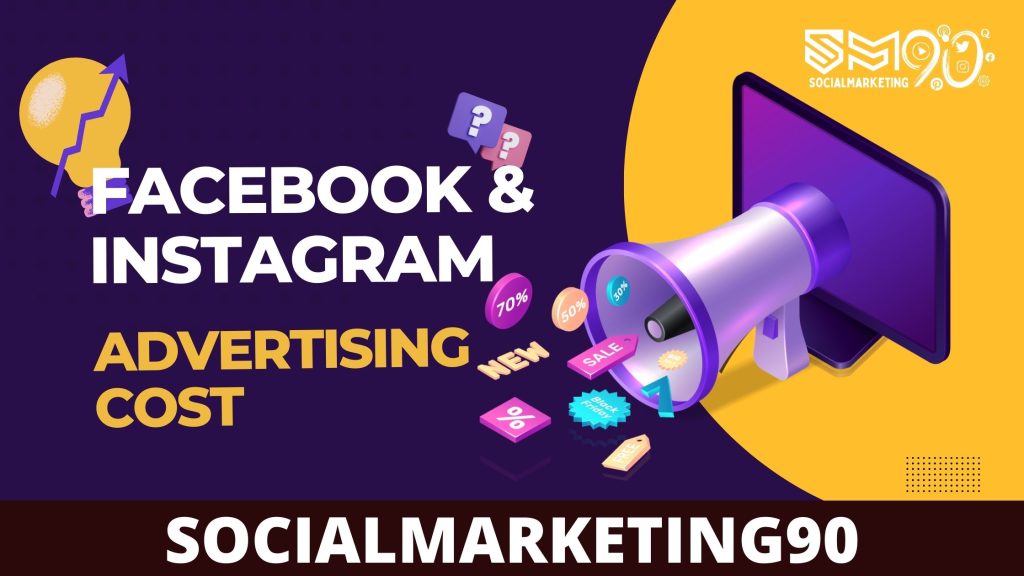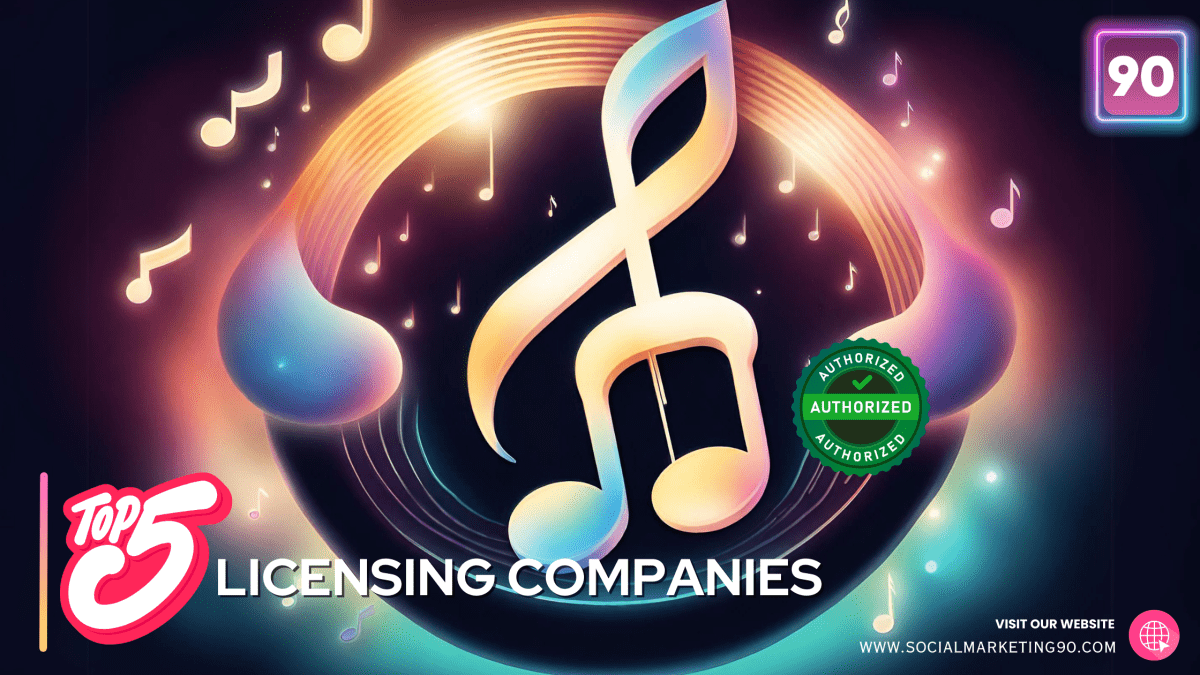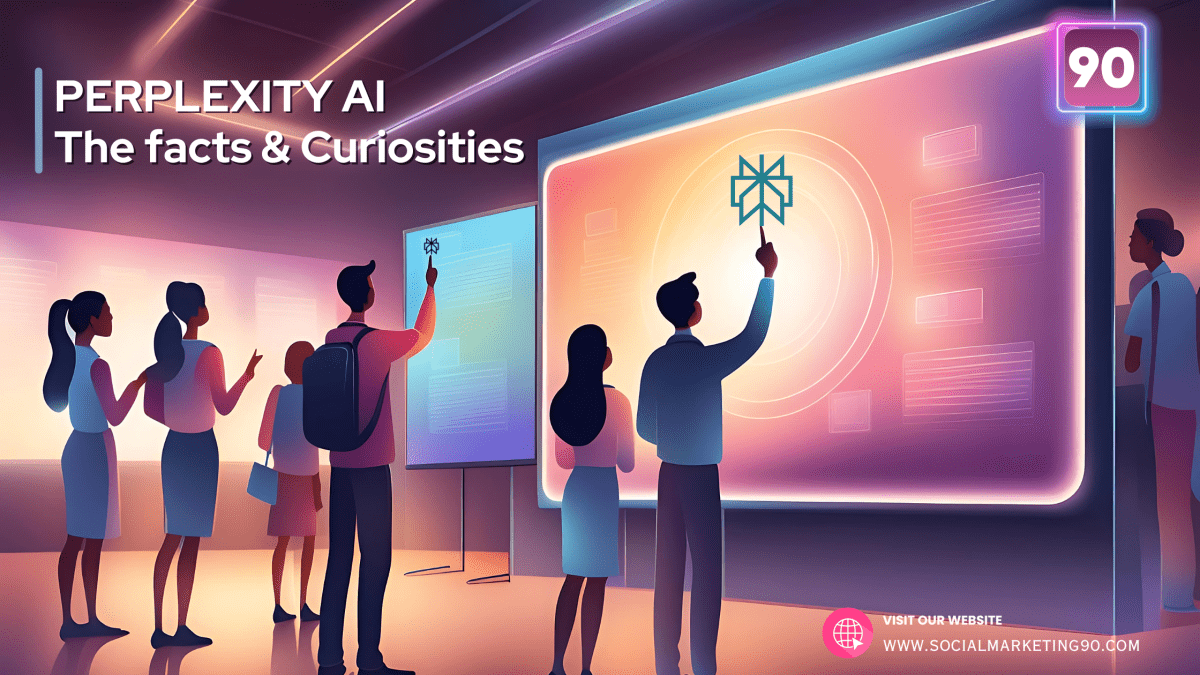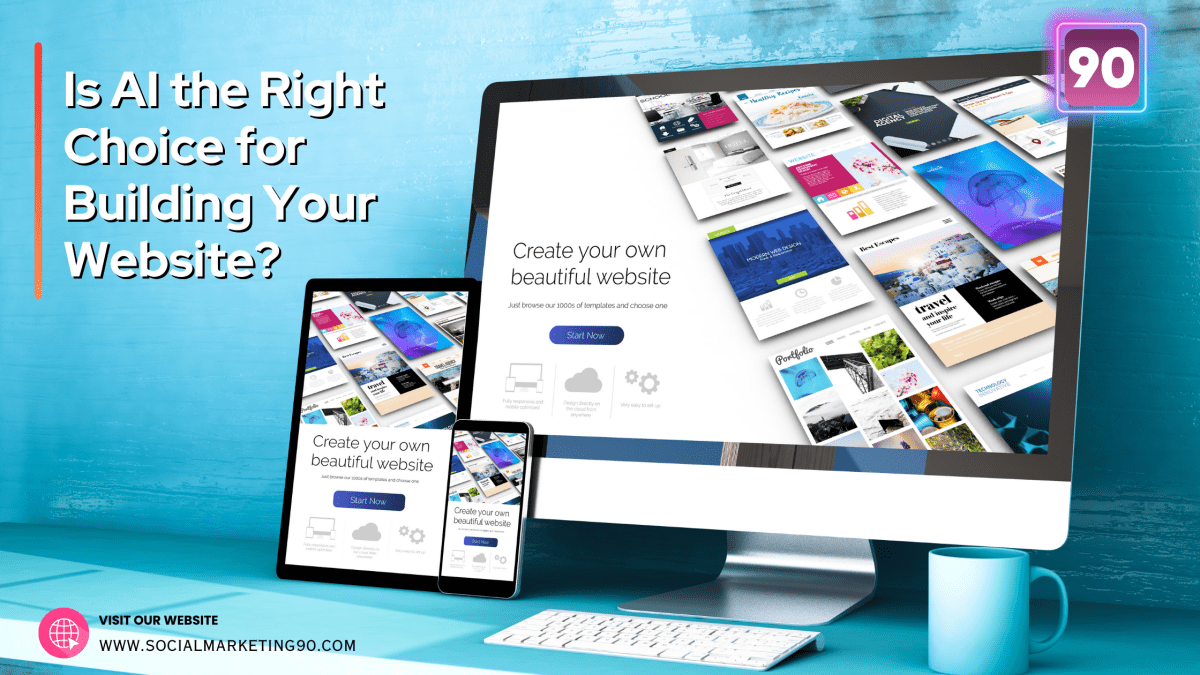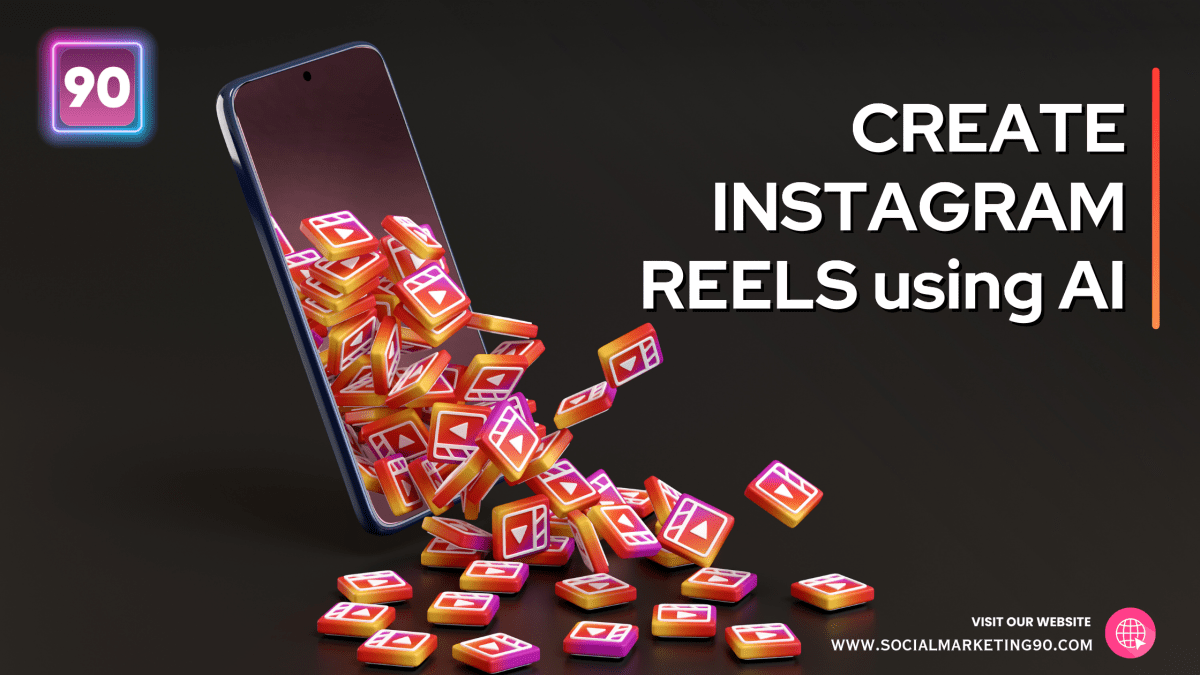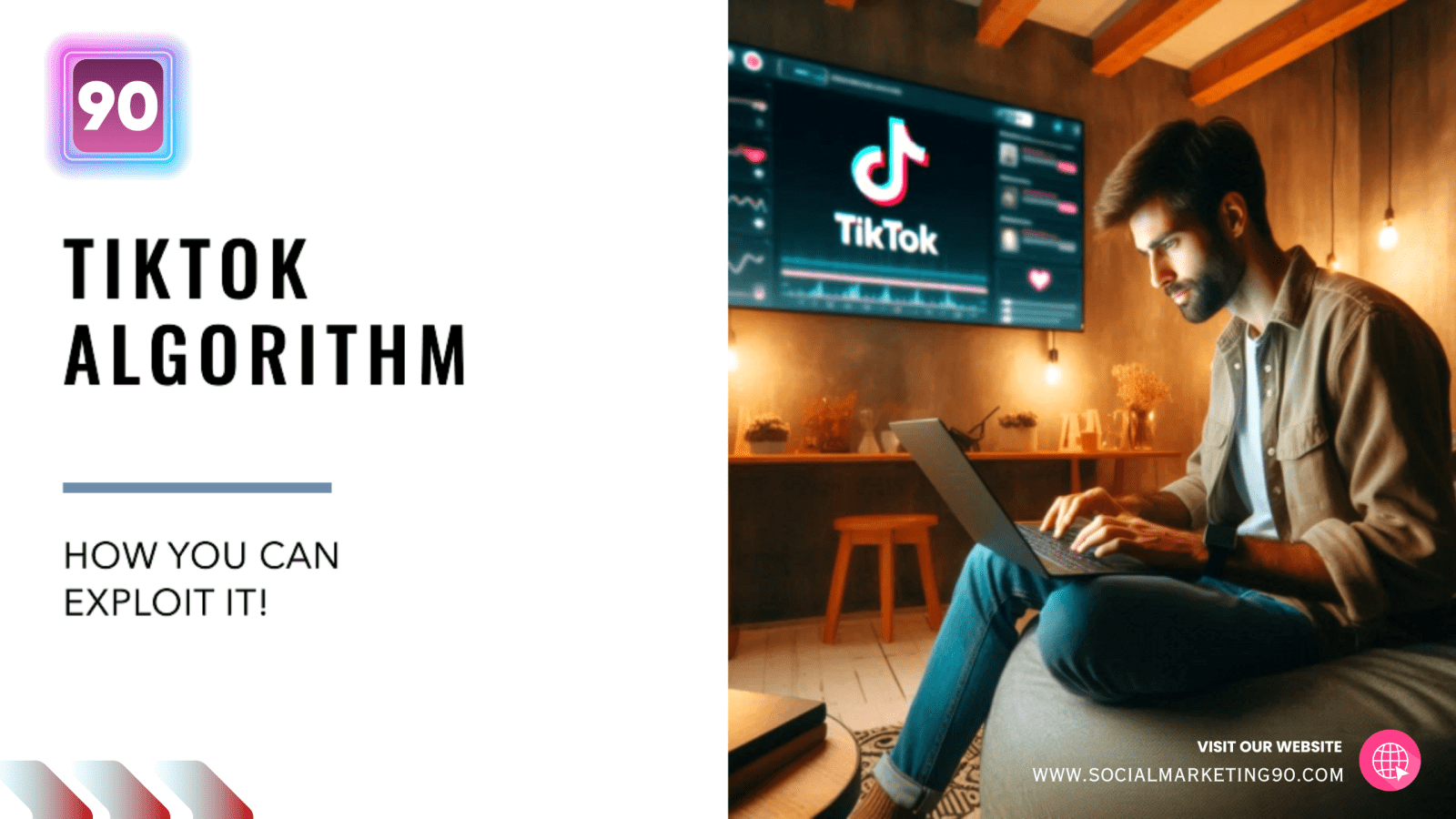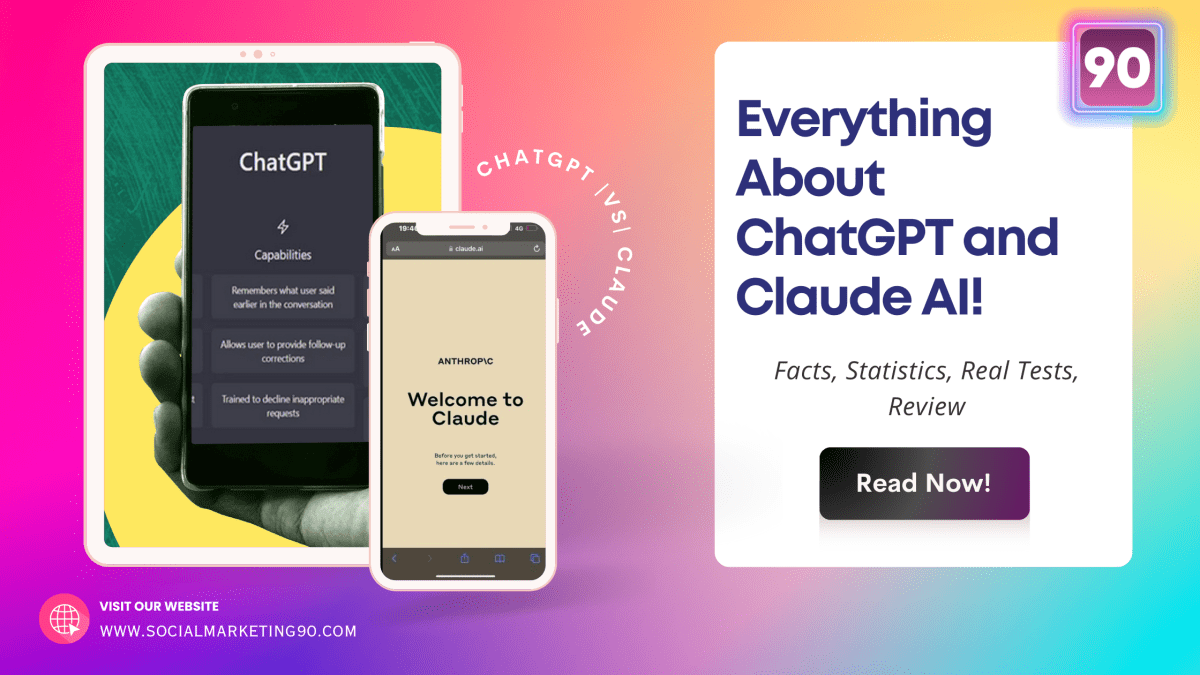INTRODUCTION
There’s a lot to consider regarding social media advertising expenditures, and it’s essential to do your research before drawing conclusions and spending valuable money.
You also need to know that Facebook and Instagram are free for many brands, who successfully use social media to get organic traffic. But, we will talk about how to organically grow your Facebook and Instagram Pages another time.
However, if you are paying for Ads, there are certain things you can do to make the ads more effective, reduce spending and increase ROI.
You’ll want to create an ad set. This will help you save time by creating one template with all the same settings. It also makes it easier to change the copy or images in each ad variation or update, as needed.
You’ll want a budget. This should be based on how much you’re willing to spend daily. If you have a limited amount of money, you may only want to target nearby people. On the other hand, if you have a large budget, you can reach out to anyone, worldwide.
Keep in mind that in addition to the bid, CTR, engagement level, and relevance score, the automated bidding mechanism may also play a big role in determining the cost of your Instagram of Facebook campaign ad.
So in this article, you can expect to learn more about Facebook and Instagram Ads, how they compare, their cost, their pros and cons, and how to reduce your spending!
Without any further delay, let’s start our journey into quick statistics on Facebook and Instagram advertising costs.
But before that, you must quickly understand what Facebook and Instagram Advertising are.
What Is Facebook Advertising?
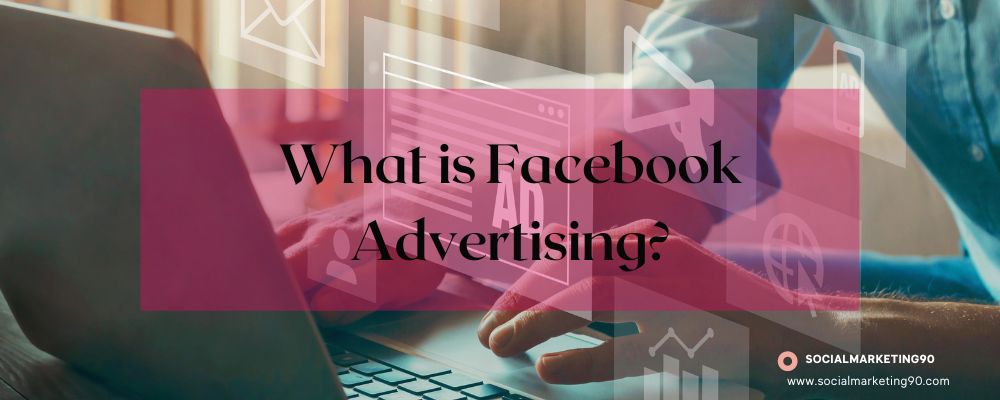
The Facebook advertising platform allows businesses to promote their products and services through paid advertisements. These advertisements appear in users’ news and feeds and will enable them to interact with the advertiser’s content.
How Does Facebook Advertising Work?
When someone clicks on an advertisement, they are taken to a website where they can complete a lead form or purchase a product. Or, what is commonly called as a landing page. On Facebook, ads may also get organic traffic, as users can also share the link from the advertisement with friends.
Why Should You Use Facebook Advertising?
There are many reasons why you should use Facebook advertising. One reason is because it reaches over 1 billion monthly active users. Another reason is that it has a very high conversion rate. In fact, according to eMarketer, Facebook is the second-largest digital display market in the US.
What is Instagram Advertising?
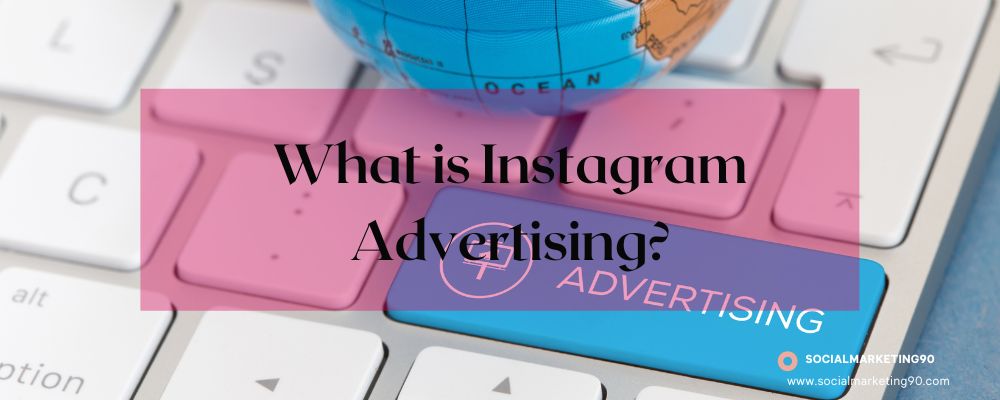
Facebook owns Instagram, so it works similarly to its parent company. Users follow accounts they find interesting and see sponsored posts in their feed. Businesses pay to show their ads next to these posts.
How Does Instagram Advertising Work?
Like Facebook, Instagram uses a similar advertising system. And also on Instagram, ad may also help to increase organic reach. For example, when someone follows a brand account, they receive a notification whenever the business posts something new the same way as any other account. Then, they click on the post to go to the brand page. From there, they can like the post, comment on it, or even message the brand directly.
Advantages Of Using Facebook And Instagram Advertising
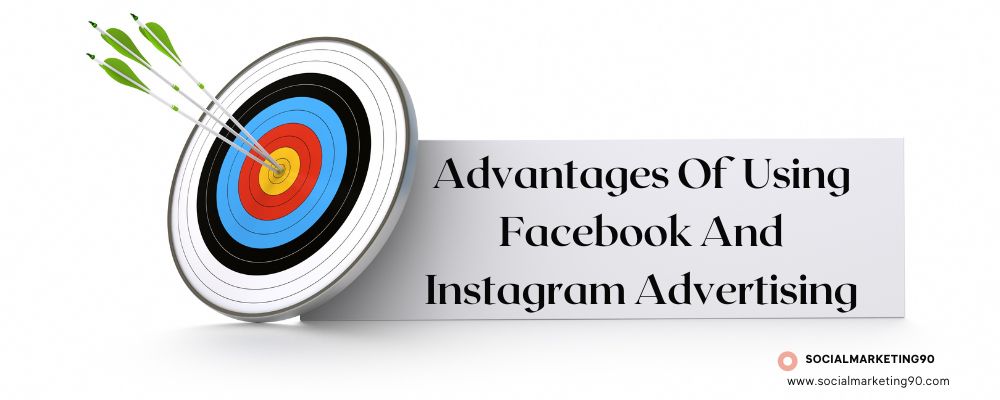
If you are looking for ways to increase sales, you should definitely consider using Facebook and Instagram advertising. One advantage of using Facebook and Instagram advertising is that you don’t have to worry too much about targeting specific demographics. For example, running a restaurant won’t need to worry about reaching families with kids. Instead, you can just focus on the effectiveness of your ad copies and posts.
Another advantage of using Facebook or Instagram advertising is that it is simple to track which campaigns work best. Once you’ve found the ones that do well, you can replicate those strategies across all of your social media platforms.
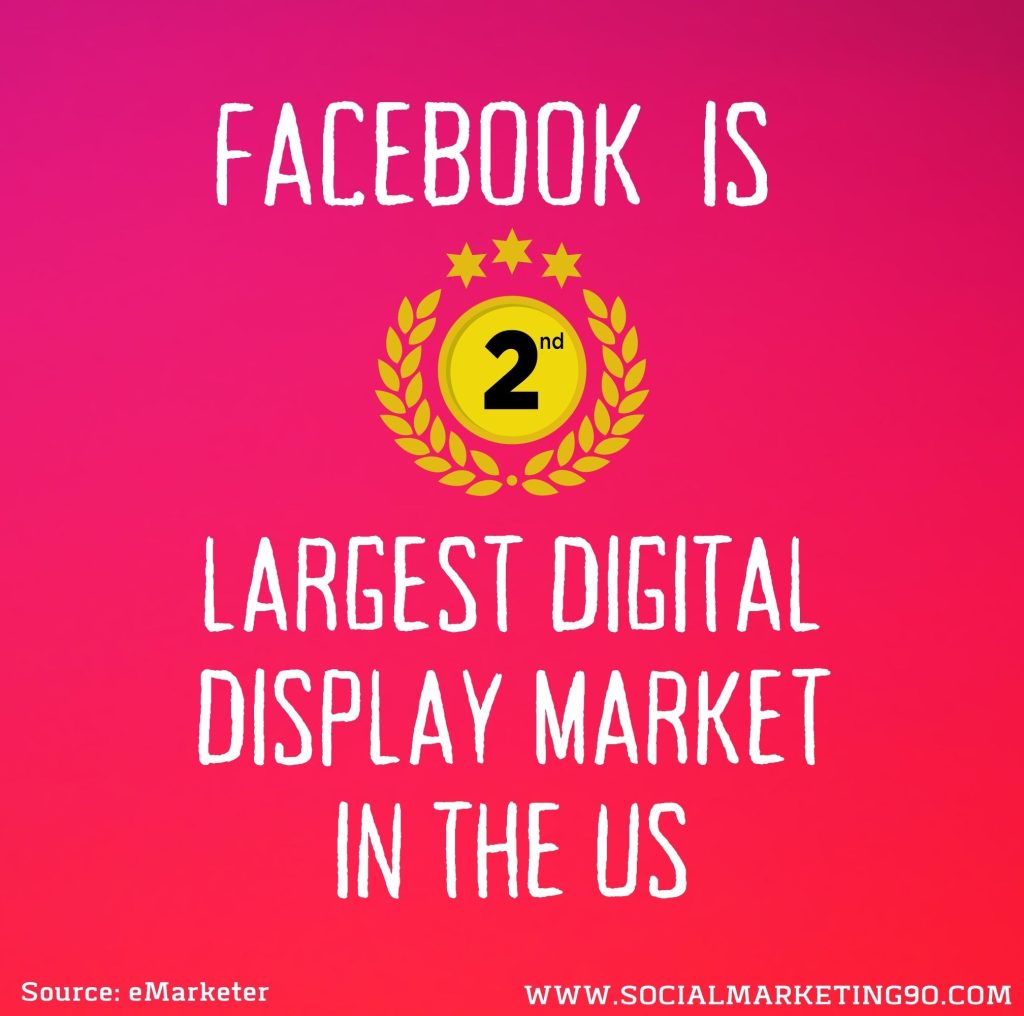
What is the Cost of Display Advertising?
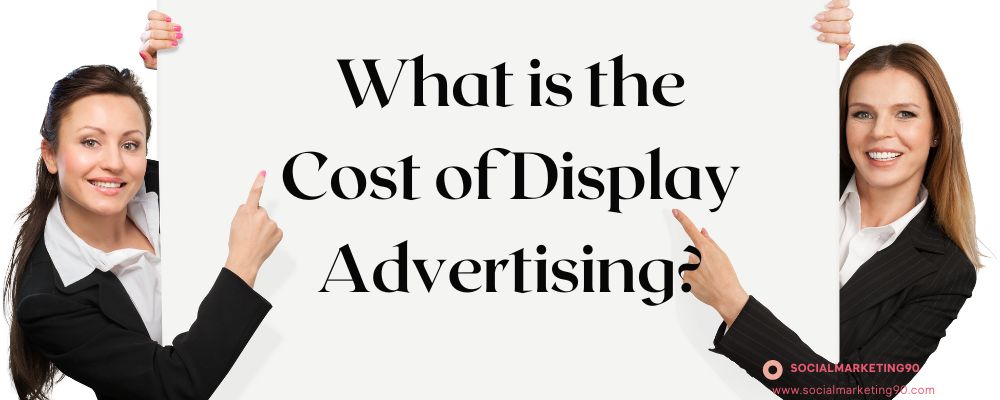
In order to determine how much money you will spend on Facebook and Instagram advertising, you first need to know how much each impression costs. This is called CPM (Cost Per Mille). The higher the CPM, the higher the price per thousand impressions.
CPM = (Total Revenue / Total Impressions) x 1000 CPM
For example, if you sell $1,000 worth of goods per day, and your total revenue is $10,000, then your CPM would be 10 cents. If your daily revenue was $5,000, then your cost per mille would be 5 cents.
Simply said, this refers to the total amount of cash that you spend on an advertising campaign. Cost per Click (CPC) and Cost per 1000 Mille (CPM) are both examples of pricing structures for internet advertising, and each of them may be subdivided into this overall cost. But let’s see the Facebook and Instagram ads cost in detail!
What is CPS of Facebook Ads?
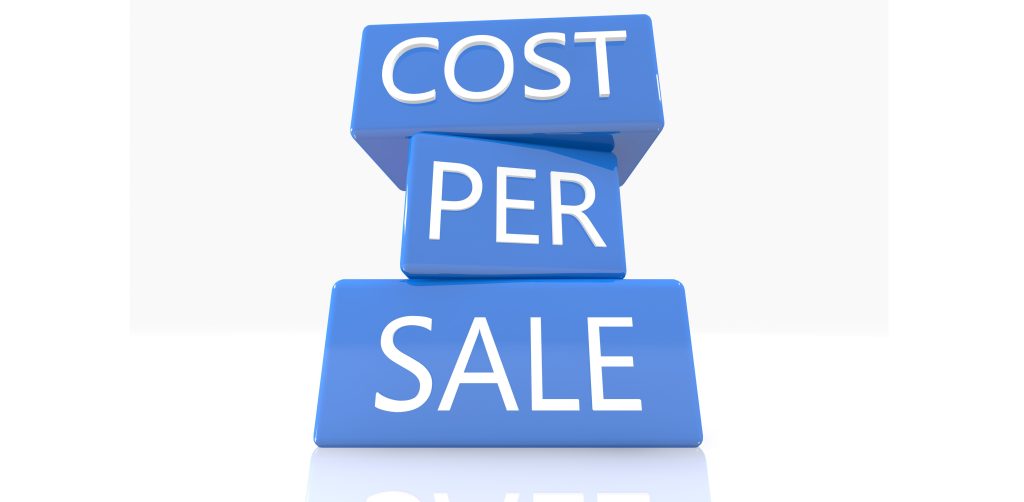
For those who are not familiar with the concept of cost per sale, CPS refers to cost per goal conversion. While this may not make much sense for a retail or product offering, it makes sense if your goal is to generate sales. But unlike CPA, it is not directly tied to the value of the campaign itself. Besides, it’s easy to track and replicate a CPS campaign, enabling businesses to scale their spending and grow sales over time.
CPS of Facebook ads quantifies the cost of goal conversions
Facebook has a new feature called “CPS” – cost per sale – that helps advertisers measure their marketing efforts. CPS measures the cost of each goal conversion, including purchases, newsletter signups, and app downloads. Facebook optimizes their ads to drive the highest number of conversions for the lowest possible cost. While traditional media ads don’t include CPS calculations, digital campaigns do. This metric allows advertisers to calculate the total cost of an ad campaign by dividing it by the number of sales that resulted from the campaign.
How Much do Facebook ads cost?
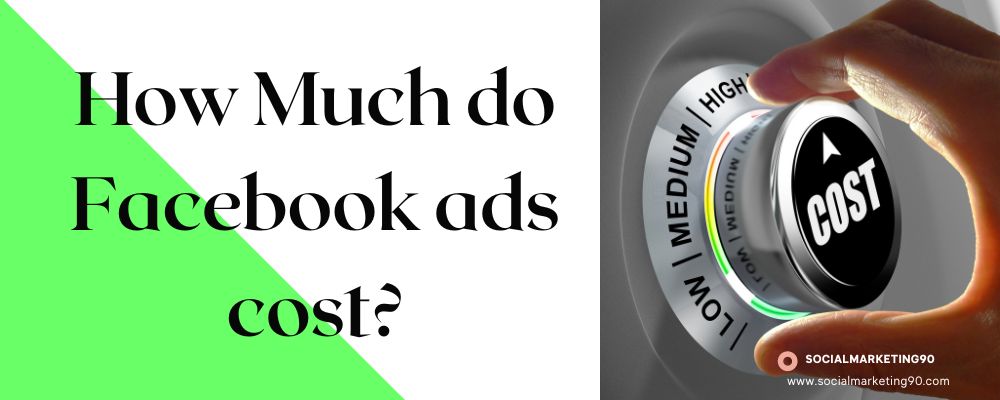
The actual cost of the Facebook ad differs for each campaign, especially depending on your chosen campaign type.
For the most part, the cost of advertising your Facebook page to get more likes and followers on your page is distinct from the cost per app install, CPP expenses, and the return on investment. Facebook Ads has a bidding system where advertisers bid for certain keywords and phrases.
It’s calculated on a mix of factors like your bid, the strategy of your Ad campaigns, the timing of your campaign, placement, target audience, and Relevancy score. Depending upon these factors, the cost of your FB ads is determined and calculated.
The cost of Facebook ads also differs depending on whether you’re running paid or organic advertisements. Paid ads are displayed when people search for a particular keyword or phrase. Organic ads appear naturally in users’ news feeds.
The first one may be more targeted, but also more expensive.
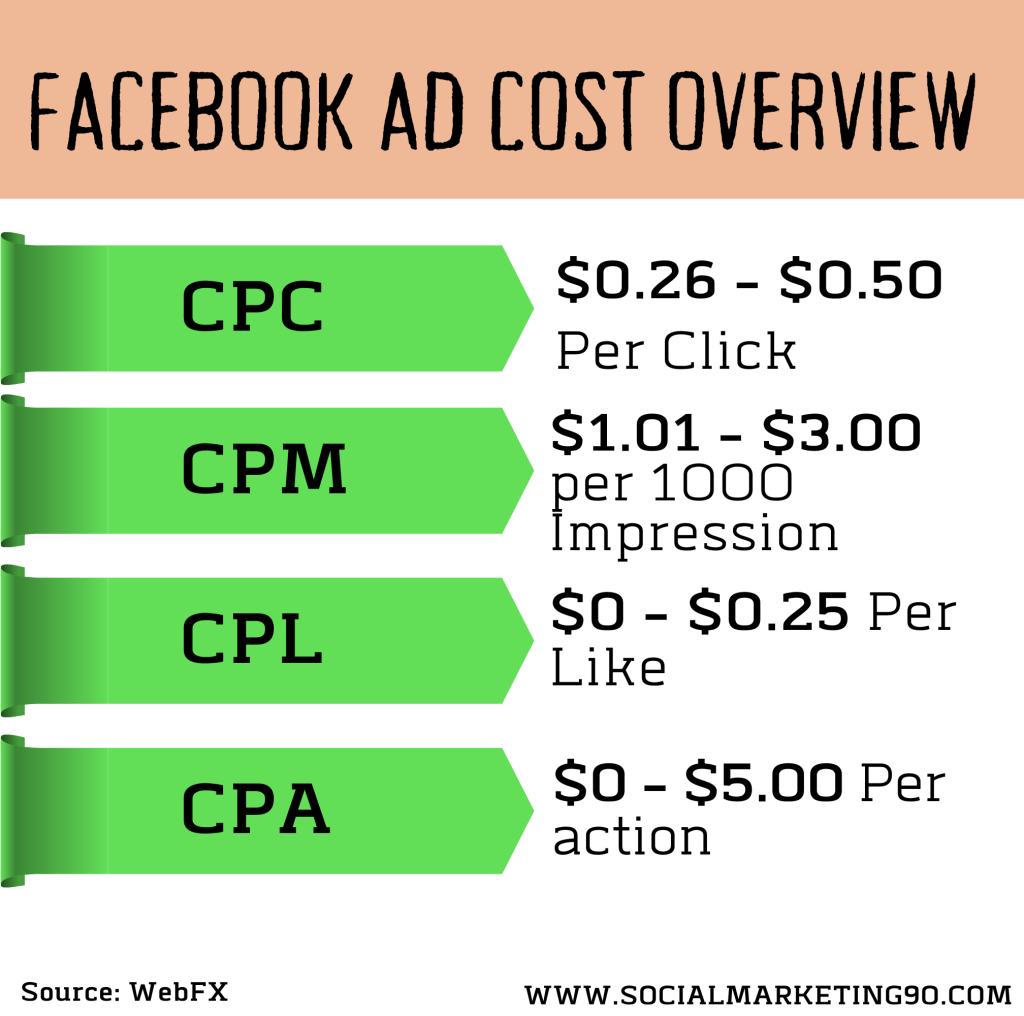
Facebook Ads Pricing
As we mentioned, there is no clear answer to this, as it depends on many factors. To the ones previously mentioned, the niche you are in also has a major impact on pricing.
Then, you can use different types of ad copies on Facebook, such as text ads, video ads, carousel ads, and so on. Each type of ad has its own set of features and possibly CPC/CPM.
Lastly, pricing might fluctuate depending on the hours and day of the week.
Check out as reference the data given below, from a case study.
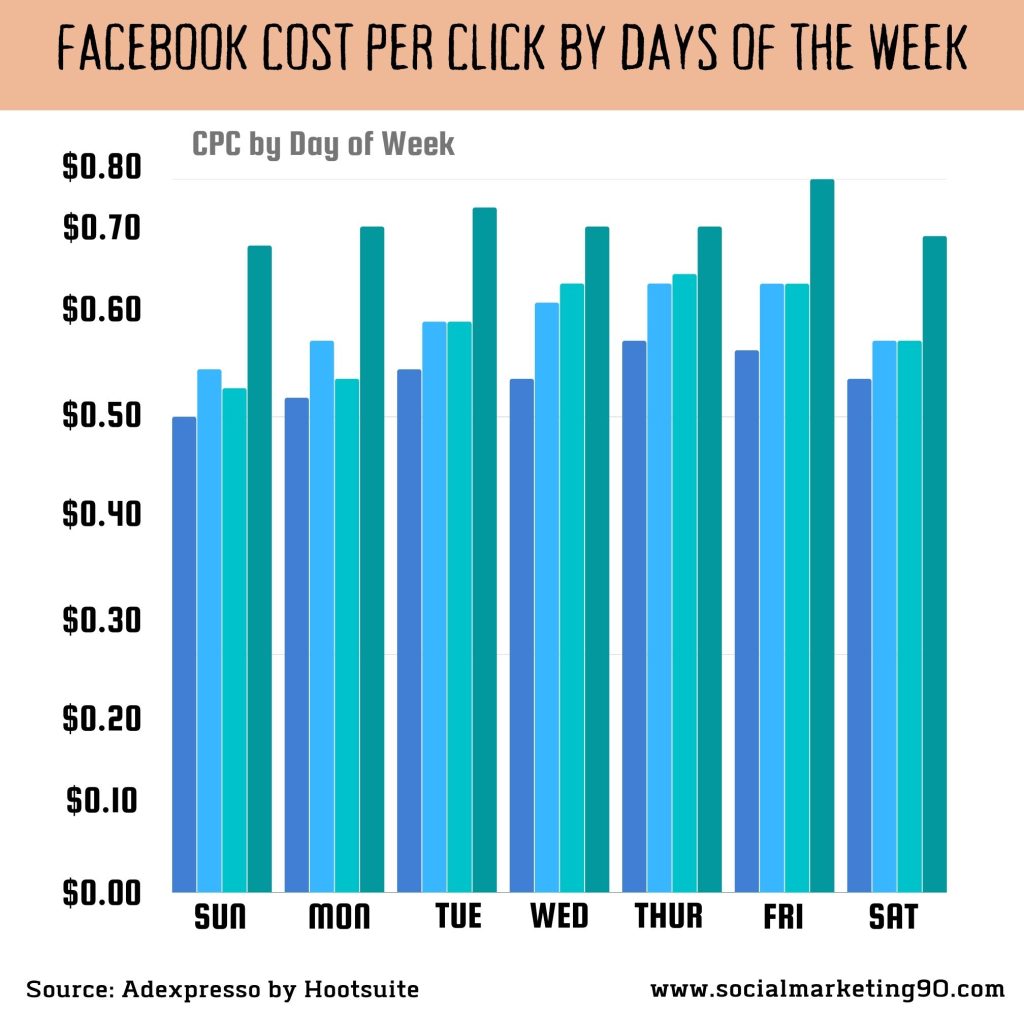
How Much Does an ad cost on Instagram?
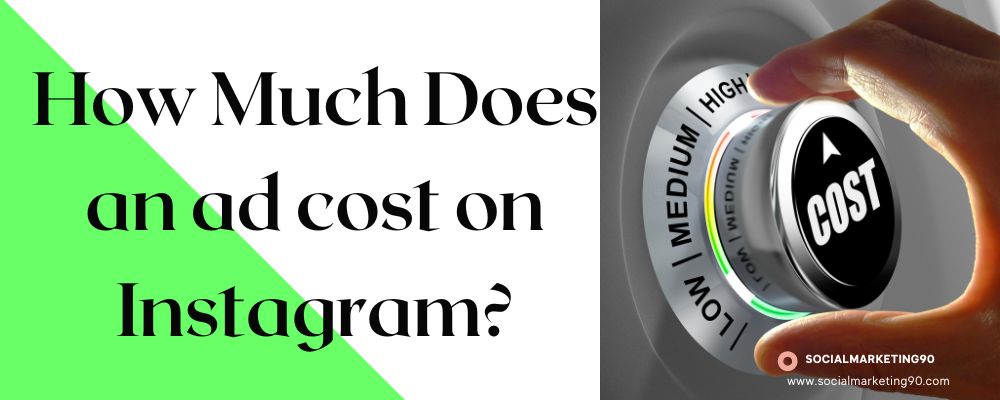
Instagram ads are similar to Facebook ads but differ in some aspects. They are generally cheaper than their Facebook counterparts. However, there are several other things that make Instagram ads unique. These include:
- Creativity – Instagram allows you to post creative images, videos, GIFs, emojis, stickers, and more.
- Targeting – Insta-ads allows you to target users based on location, gender, age, interests, relationship status, and many other criteria.
- Performance tracking – Since Instagram doesn’t have any kind of standard CPC model, it isn’t easy to measure performance accurately. But if you want to compare the effectiveness of various campaigns, you can use the same tool that we discussed above.
Setting a needed daily budget, bid amount, and ad placements, in addition to the many other ad tactics that may lead to highly relevant ad copy, are standard components of a marketing plan used on a social media platform such as Instagram or Facebook.
The price of advertising on Instagram is not a set amount; instead, it operates on a bid system that gives the ad space to the person who placed the highest price for it.
Because Instagram advertisements have so many advantages to offer companies, there is a lot of competition for them.
You should prepare yourself for the price of your Instagram advertisements (the cost of Instagram ads) to range anywhere from $0.20 to $2.5 per click.
In the event that you want to operate your Instagram advertising campaigns using the CPM price methodology, you might anticipate paying anything from $3.5 to $5.5 for every 1000 views of your AD or visitors to your website.
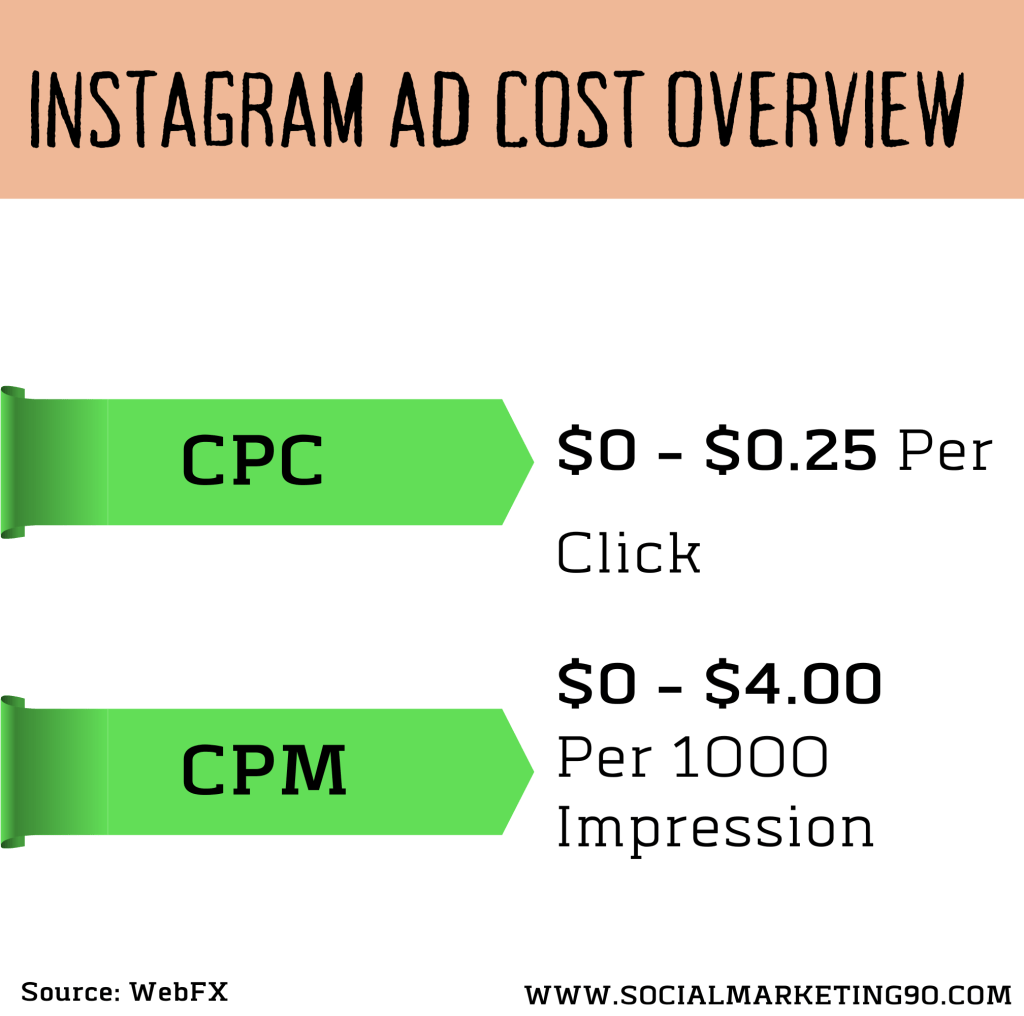
Despite the fact that Instagram is integrated with the Facebook Ads system, several professionals and businesses have found that advertising on Instagram yields far higher returns on investment.
You should be aware that the cost of advertising on Instagram is more than that of advertising on Facebook.
Compared to the cost-per-click advertisements on Facebook, however, the results you obtain from Instagram advertising will be somewhat more favorable.
When we conducted our research, one of the findings was that the cost of advertising on Instagram is significantly impacted by demography. For people of all ages, the cost of a CPC typically ranges anywhere from 0.55 cents to 0.85 cents on average.
But if we were to narrow down by more specific age groups, the older your targets are, the more expensive it gets. For instance, the typical cost of a click for people aged 25 – 34 years old ranges from 0.95 cents to 1.50 dollars.
On the other hand, advertising to teenagers between the ages of 13 and 17 costs an average of 35 cents per click, marketing to younger individuals costs less.
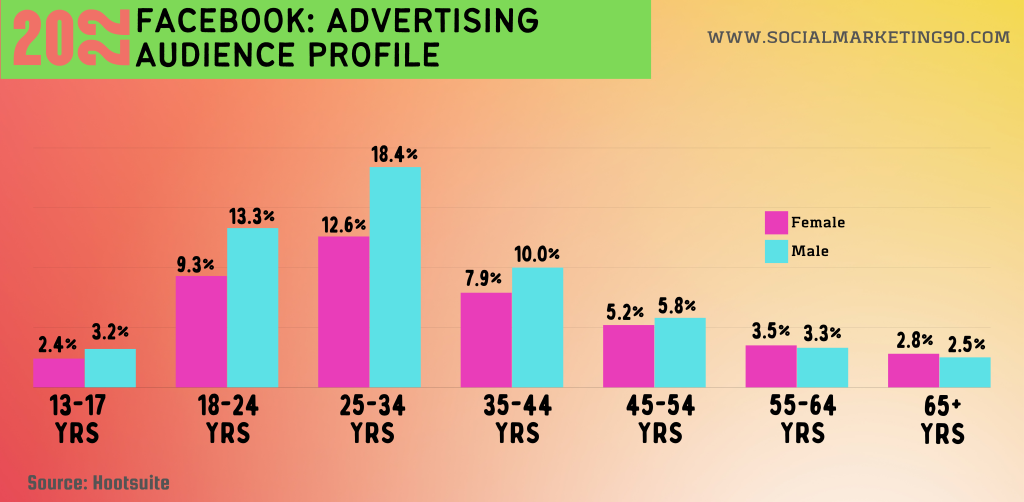
The fact that there is greater competition during holiday seasons is another element that might affect the price of your Instagram ads.
Also, people tend to spend more money during holiday events.
Therefore, the price of advertising campaigns on Instagram goes up significantly during significant holidays and events.
It should come as no surprise to learn that advertising costs are also affected by the target audience’s location.
For example, you should anticipate paying a higher price if the location of your target audience is in California, United States. Still, you should anticipate paying a much lower price if the location of your target audience is in Lagos, Nigeria.
The reason – of course – is the average income based on locations, with the United States having one of the highest average salaries in the world, which translates to a higher spending power.
Comparing Facebook and Instagram advertising
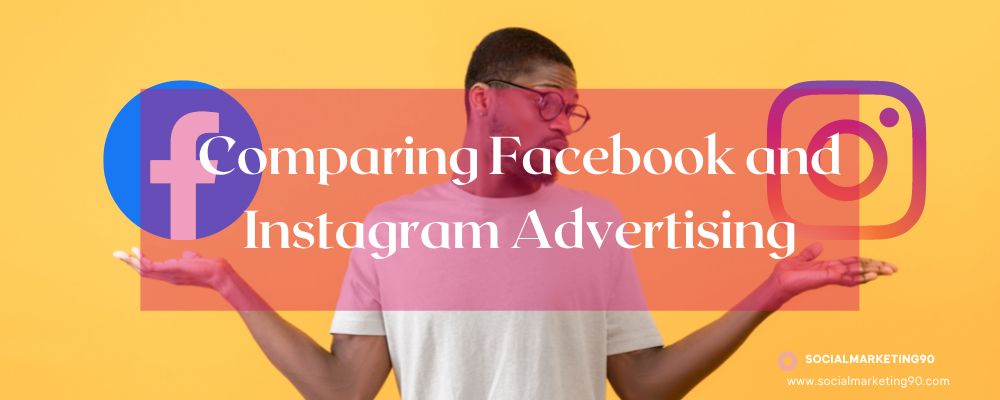
Instagram has many features that make it unique when compared to other forms of online advertising. One of the most important factors that make Instagram different from other platforms is its ability to connect with users based on their most narrowed interests and habits. This characteristic allows advertisers to reach very specific audiences.
Another advantage of Instagram is that it is effortless to use. This feature makes it possible for even non-technical business owners to run an AD campaign, and creating attractive and engaging advertisements is easier than ever, thanks to the countless web-based graphic tools and templates.
In addition to being very accessible, Instagram is a great way to promote brand awareness. Since the platform is visual, it helps brands to communicate with their customers through visuals. As such, businesses can easily create content that attracts attention and leaves a stronger impact on users, since it has been proven by different studies how people tend to remember visuals much longer compared to audio or text .
A third benefit of using Instagram for advertising purposes is that the platform is highly interactive. Users who visit the site are able to comment on posts or share them with others. As a result, they are likely to engage with the advertiser’s content or page. These interactions help to build relationships with potential consumers and increase the organic growth of the brand.
Last but not least, the platform offers high conversion rate.
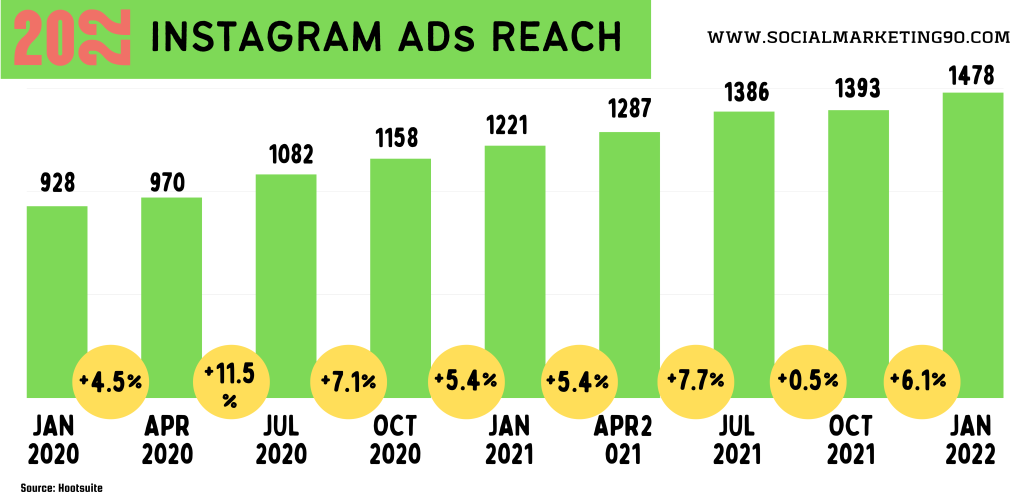
If you choose to advertise on Instagram, you should expect to pay higher cost of advertising compared to Facebook. However, this difference is expected to be small. In our experience, we find that Instagram advertising costs vary between 0.30 cents and 0.60 cents on average.
On the other hand, the Facebook advertisement system requires additional resources to manage and maintain, and setting up and optimizing a campaign might take more experience compared to Instagram. When comparing the two platforms, you should consider the following:
- The size of each network.
- The type of audience targeted.
- The number of followers/following.
- The number and quality of likes.
- The geographical location of the target audience (if applicable).
- The level of competition.
- The frequency of post updates.
- The number, nature, and quality of comments.
- Whether the advertisement is relevant to the user’s interests.
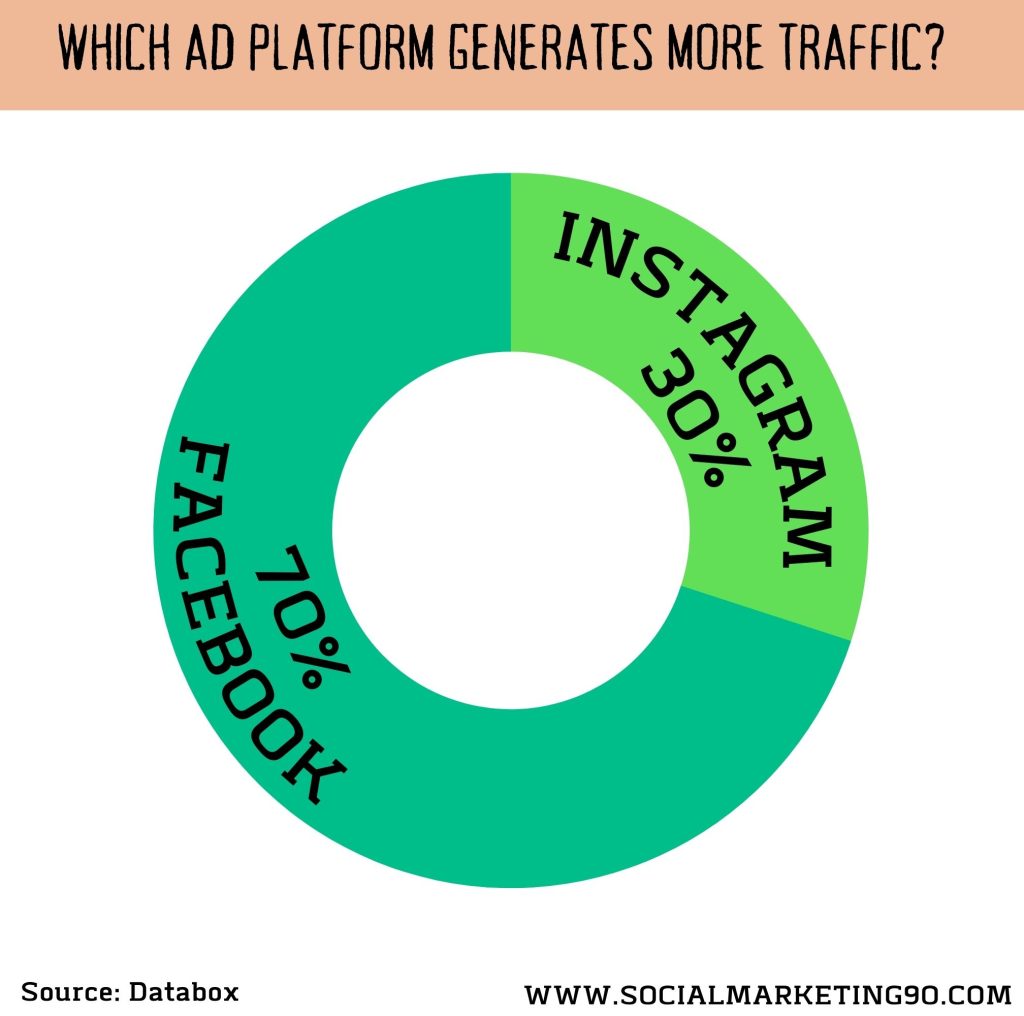
Let’s quickly break down a few of those.
The size of each network. Instagram is smaller than Facebook. This means that there are fewer people on Instagram than those who could be reached on Facebook.
The type of audience targeted. Instagram targets a younger crowd. This implies that its audience consists mostly of young adults. As such, advertisers products fitting younger audiences will work better.
Here are the best comparison factors for Facebook and Instagram Ad Strategies!
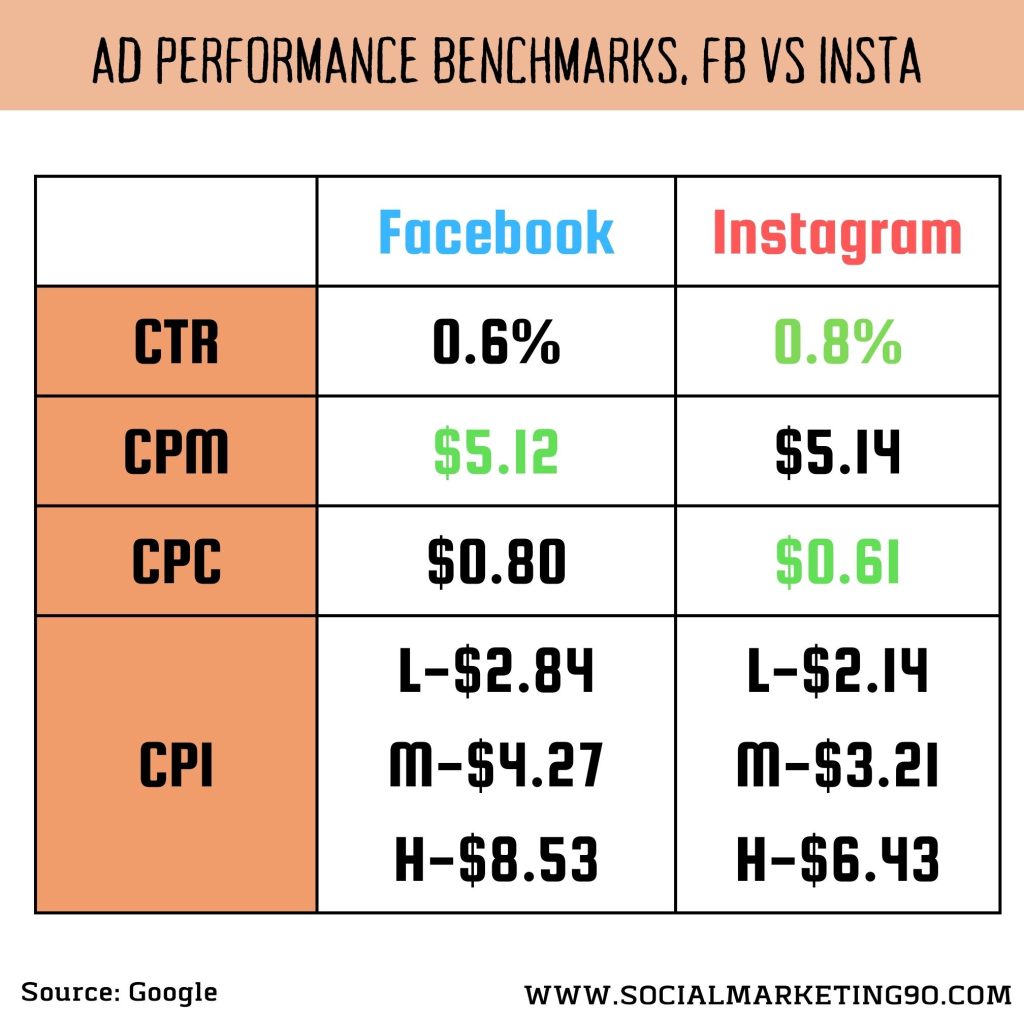
Creating Effective Facebook and Instagram Ads
When it comes to creating effective ads, there are several things you need to keep in mind. Certain strategies work well on both platforms. Below are some of these tips:
- Create engaging images.
- Use creative hashtags.
- Make sure to include a call-to-action button.
- Keep the ad short.
- Be consistent.
- Include links to your website.
- Optimize your account settings.
- Use the right targeting options.
- Target only relevant audiences.
- Pay attention to the competition.
- Create attractive offers
- Split Test Your Ads
- Use Landing Pages
- Retarget and scale
- Average CPC for social media ads
Final Words

Social Media Marketing has become one of the most popular online advertising methods. With hundreds of millions of users, it’s no wonder that businesses are turning to social media sites like Facebook and Instagram to promote their products.
But how do you know which platform is right for your business? Which one will cost you more? And how can you create compelling ads for these sites? Discovering the pros and cons of each Social network advertising system and optimizing your ads accordingly will ensure that they get noticed by potential customers, while you get a ROI on your spending.
In this article, we tried to help you find out the strengths of both Facebook and Instagram Ads, their average costs, and which one might suit you better depending on your needs.
And now, we want to hear from you! Which Social media do you prefer as an advertiser? Let us know in the comment section!

